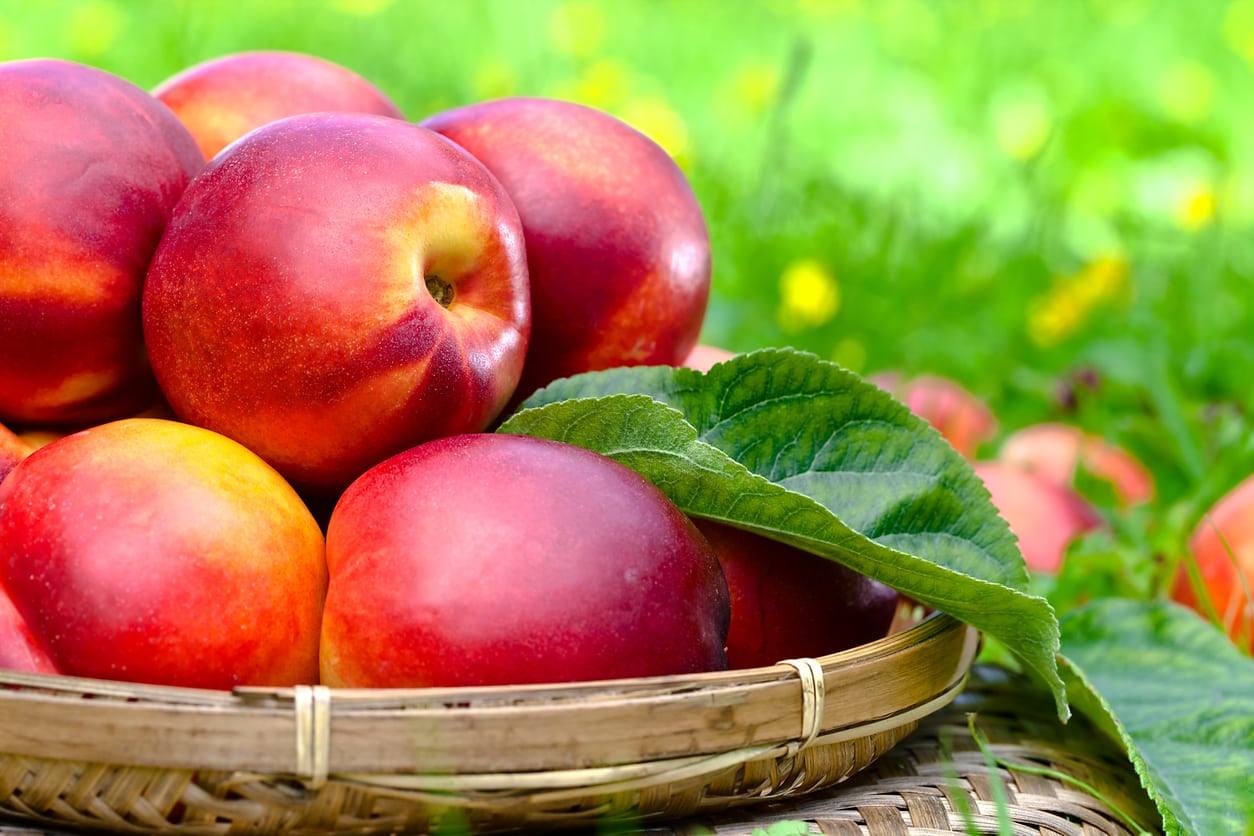Harko Nectarine Care: How To Grow A Harko Nectarine Tree


The Harko nectarine is a Canadian variety that scores high on taste. The nectarine ‘Harko’ tree grows well in cold regions. Like other nectarines, the fruit is a close relative of the peach, genetically identical except that it lacks the gene for peach fuzz. If you want to grow this nectarine tree, it’s important to have some facts at your fingertips. Read on for information about growing Harko nectarines and tips about Harko nectarine care.
About Harko Nectarine Fruit
Most people who invite a Harko nectarine tree into their orchard do so with the intention of enjoying its fruit. Harko fruit is both beautiful and delicious, with solid red skin and sweet yellow flesh. But those growing Harko nectarines also rave about the ornamental value of this tree. It is a vigorous variety, filled with huge, showy pink blossoms in springtime that develop into freestone fruit in late summer.
How to Grow a Harko Nectarine
If you want to start growing Harko nectarines, be sure you are living in an appropriate climate. These trees do best in U.S. Department of Agriculture plant hardiness zones 5 through 8 or sometimes 9. Another consideration is the size of the tree. A standard nectarine ‘Harko’ tree grows to some 25 feet (7.6 m.) tall, but it can be kept shorter by regular pruning. In fact, the tree tends to overproduce fruit, so early thinning helps the tree to produce larger fruit. Plant it in a location that gets good sun. A minimum of six hours of direct sun a day is recommended. The tree does best in well-draining soil.
Harko Nectarine Care
Harco nectarine care is easier than you might think. This variety of fruit tree is cold hardy and also disease resistant. It is very adaptable to soil, as long as it drains well. The tree is also self-fruitful. This means that those growing Harko nectarines do not have to plant a second tree of a different variety nearby to ensure pollination. These trees also happen to be tolerant of both brown rot and bacterial spot. That makes Harko nectarine care even simpler.
Sign up for the Gardening Know How newsletter today and receive a free copy of our e-book "How to Grow Delicious Tomatoes".

Teo Spengler is a master gardener and a docent at the San Francisco Botanical Garden, where she hosts public tours. She has studied horticulture and written about nature, trees, plants, and gardening for more than two decades, following a career as an attorney and legal writer. Her extended family includes some 30 houseplants and hundreds of outdoor plants, including 250 trees, which are her main passion. Spengler currently splits her life between San Francisco and the French Basque Country, though she was raised in Alaska, giving her experience of gardening in a range of climates.